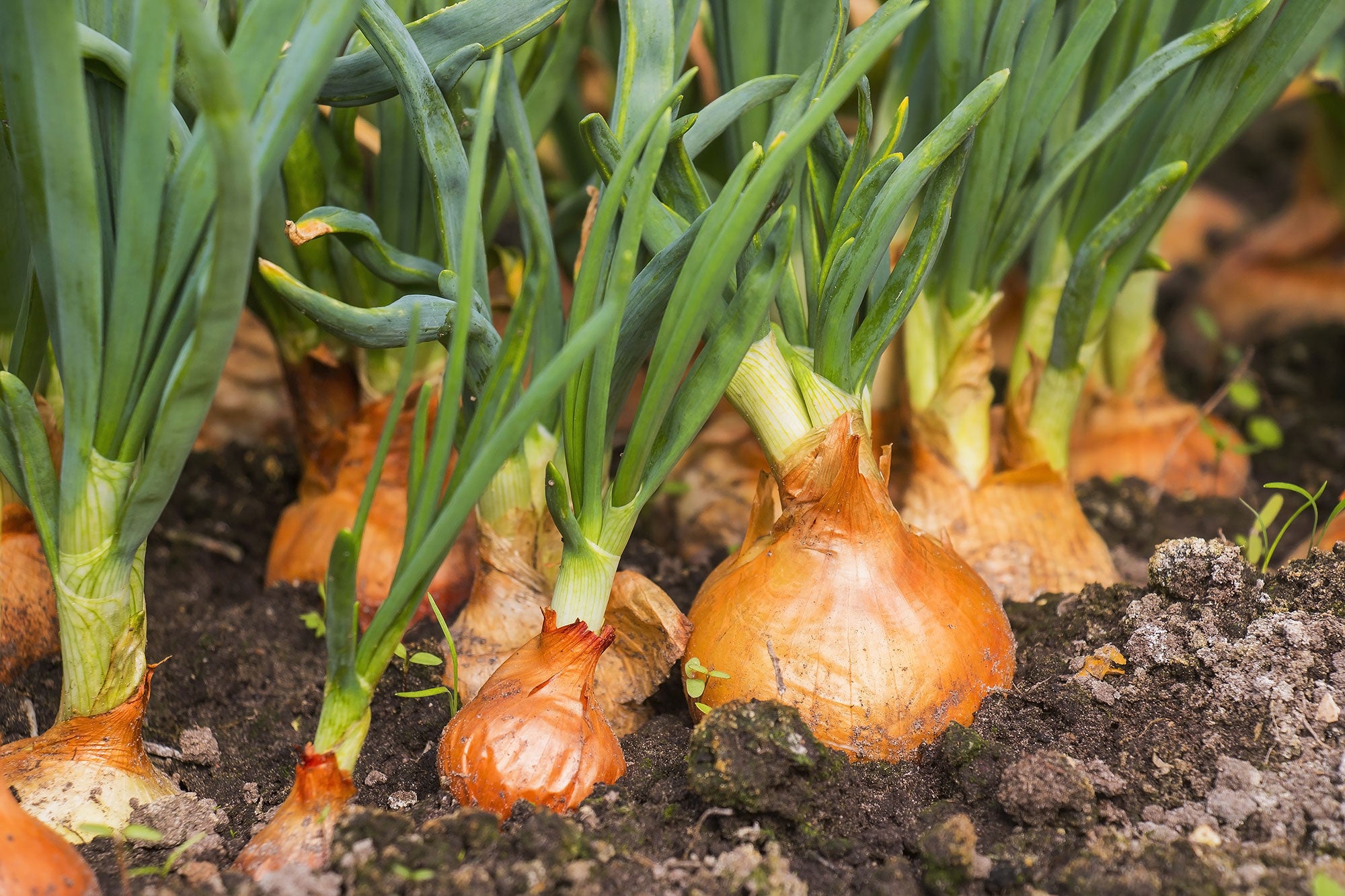
Why Do Farmers Rotate Crops?
If you drive past agricultural fields a lot (or live next to one), you’ve probably noticed that a field might be full of corn one year, soybeans the next, or maybe even something like wheat or a cover crop. This isn’t just a coincidence. It’s called a crop rotation, which has a big impact on crop and soil health, yield, and profitability. Crop rotation helps soil health, can help manage insects and diseases, and can help manage nutrients.
But there’s more to it! Every plant that grows requires certain nutrients and has certain pests and diseases that affect it. If the exact same thing is planted in the same place every year, the same nutrients are pulled out of the soil every year, eventually depleting the nutrients in the soil and having a negative impact on soil health. Planting the same thing can also create major disease and pest problems, since the disease or pest has a yearly supply of its favorite thing. This is why crop rotation is important.
Perhaps the most common crop rotation (especially if you live in the Midwest) is the corn and soybean rotation. So one year a farmer would plant corn, then the next year soybeans, with this continuing. Corn can take a lot of nutrients from the soil, but luckily soybeans can actually get nitrogen from the air and store it in its roots, leaving it behind for the next year of corn.


In some cases, farmers will include a twist by growing wheat for a season. This adds even more diversity and can do an even better job of reducing disease than rotating two crops. Since wheat grows at a different time of year than corn or soybeans, it allows for different management practices. It can help spread out labor to other times of the year, and different herbicides and tillage practices can be used. Wheat can be planted in the fall or spring. Some farmers do what is called double cropping, where they will plant winter wheat (planted in fall) and after harvesting it in late spring or early summer, they will plan a second crop so they can get two harvests off of the field in one year.
This (sort of) leads us to cover crops. Cover crops are not usually grown for profit (to be harvested), but instead their purpose is to help the soil. They are planted during the off-season. Cover crops help keep weeds down, prevent erosion since their roots can “anchor” the soil in place, and add organic matter to the soil.
There are many different varieties of cover crops, some are like soybeans, meaning they help to fix nitrogen and bring it back to the soil, while others do the opposite by absorbing excess nutrients so they don’t run into streams and waterways. Farmers pick cover crops to fit with what their goals are and what they want to improve. Some examples of cover crops are ryegrass, clover, oilseed radish, cereal rye, oats, vetch, and much more.


Crop rotations vary a lot based on what part of the United States you’re looking at. In the south a common rotation is cotton and peanuts, which when rotated, can help reduce nematode populations. Cotton can also be rotated with corn and soybeans (or both!). In states that don’t grow a ton of crops, alfalfa and hay might be a common rotation.
Produce is another area that requires special attention to crop rotations. Diseases can be devastating both in your home garden and at a much larger scale. Potatoes, tomatoes, melons, squashes, pumpkins, carrots, onions, broccoli, cabbage, and other produce types can all be dramatically affected by diseases in the soil. A good rule of thumb for both your home garden and for produce farms is to plant produce from different families for a four-year rotation. This means that after you plant a certain vegetable, don’t plant it again in the same spot for four years.
Here’s some of the different produce families. The Amaranthaceae family includes things like beets, spinach, and swiss chard. The Brassicaceae family includes broccoli, cabbage, brussels sprouts, kohlrabi, cauliflower, turnips, radishes, and more. The Asteraceae family contains lettuce, endive, radicchio, and more. The Solanaceae family has a lot of different veggies including tomato, pepper, eggplant, and potatoes. The Fabaceae family includes beans and peas. The Cucurbitaceae family includes melons, cucumber, and squash. The Apiaceae family includes carrots, parsley, celery, parsnip, and more. There are other families that include onions, sweet corn, and more.


An example crop rotation would be planting carrots one year, tomatoes the next, cabbage the third year, and cucumbers the fourth year. Then you could start the rotation over again or switch up some of the varieties within the same families. You wouldn’t want to plant tomatoes one year then peppers the next since they are in the same family.
Crop rotations have a place on all farms, no matter what crops are being grown. Rotating crops can help to improve soil health by using and returning different nutrients, reducing disease and pest pressure by disrupting the life cycle of these, and ultimately leading to better yields, increased sustainability and more.
Michelle Miller, the Farm Babe, is a farmer, public speaker, and writer who has worked for years with row crops, beef cattle, and sheep. She believes education is key in bridging the gap between farmers and consumers.



